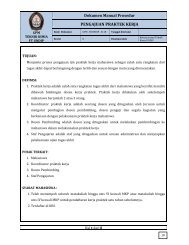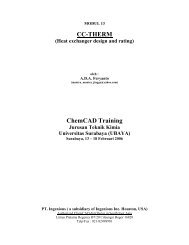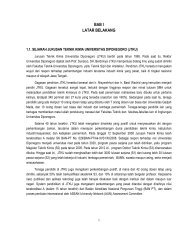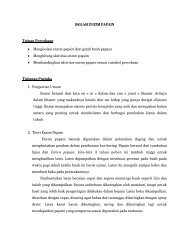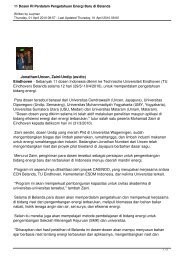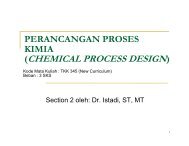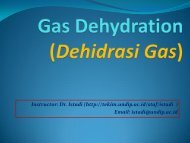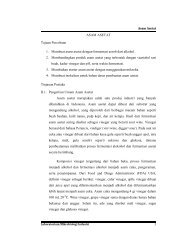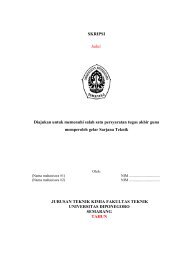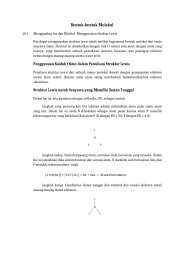Vinyl Acetate Monomer Process 10
Vinyl Acetate Monomer Process 10
Vinyl Acetate Monomer Process 10
You also want an ePaper? Increase the reach of your titles
YUMPU automatically turns print PDFs into web optimized ePapers that Google loves.
288 <strong>10</strong> <strong>Vinyl</strong> <strong>Acetate</strong> <strong>Monomer</strong> <strong>Process</strong><br />
In the second step the intermediate decomposes at 120 ° C with acid catalyst:<br />
CH CH( OCOCH ) → H C= CH-O-( CO)<br />
CH + CH COOH<br />
3 3 2 2 3 3<br />
Note that this process may rely completely on renewable raw materials.<br />
3. Acetic acid, ethylene and oxygen<br />
This route dominates today and it will be adopted in this project. In older technologies<br />
the reaction was conducted in liquid phase at 1<strong>10</strong> – 130 ° C and 30 – 40<br />
bar in the presence of a redox catalyst PdCl 2 /CuCl 2 , but corrosion raised problems.<br />
Modern processes operate in gas phase with Pd - based catalysts. A highly<br />
undesired secondary reaction is the combustion of ethylene to CO 2 . With<br />
modern Pd/Au catalysts the selectivity may reach 94%, based on ethylene and<br />
98 – 99% based on acetic acid. The removal of CO 2 – usually by a wash with hot<br />
KOH solution – negatively affects the overall economics. Hoechst/Celanese and<br />
Bayer/DuPont are the most widespread processes, the main difference being<br />
in the formulation of the catalyst. With respect to reaction engineering a multitubular<br />
fixed - bed reactor is employed, where the operational difficulty is<br />
mastering the occurrence of excessive temperature rise (hot spot). Recently,<br />
fluid - bed reactor technology was developed with better productivity and 30%<br />
lower investment [13] .<br />
Searching for low - cost acetic acid sources is important since this takes about<br />
70 wt% in the end product. From this viewpoint two processes developed by<br />
the Halcon Company can be mentioned [2] :<br />
1. Integration of vinyl acetate and ethylene glycol manufacturing through the<br />
intermediate 1,2 - diacetoxyethane.<br />
2. Hydrogenative carbonylation of methyl acetate to 1,1 - diacetoxyethane followed<br />
by cleavage to vinyl acetate and acetic acid. Only syngas is involved as raw<br />
materials.<br />
<strong>10</strong>.1.2<br />
Problem Statement<br />
The project deals with a VAM plant capacity of <strong>10</strong>0 kton per year for an effective<br />
operation time of 8400 h. The process will be based on the acetoxylation of ethylene<br />
conducted in gas phase in the presence of a palladium - based solid catalyst. The<br />
case study will tackle the problem of process synthesis and energy integration,<br />
as well as the dynamics and control for ensuring flexibility in production rate of<br />
± <strong>10</strong>%, while preserving safety and environment protection.<br />
Table <strong>10</strong>.1 presents typical specifications for a polymerization - grade product, as<br />
well as some physical properties. Prohibited impurities refer to inhibitors (crotonaldehyde,<br />
vinyl acetylene), chain - transfer agents (acetic acid, acetaldehyde, acetone)<br />
and polymerizable species (vinyl crotonate), while methyl and ethyl acetate impurities<br />
are tolerated.




